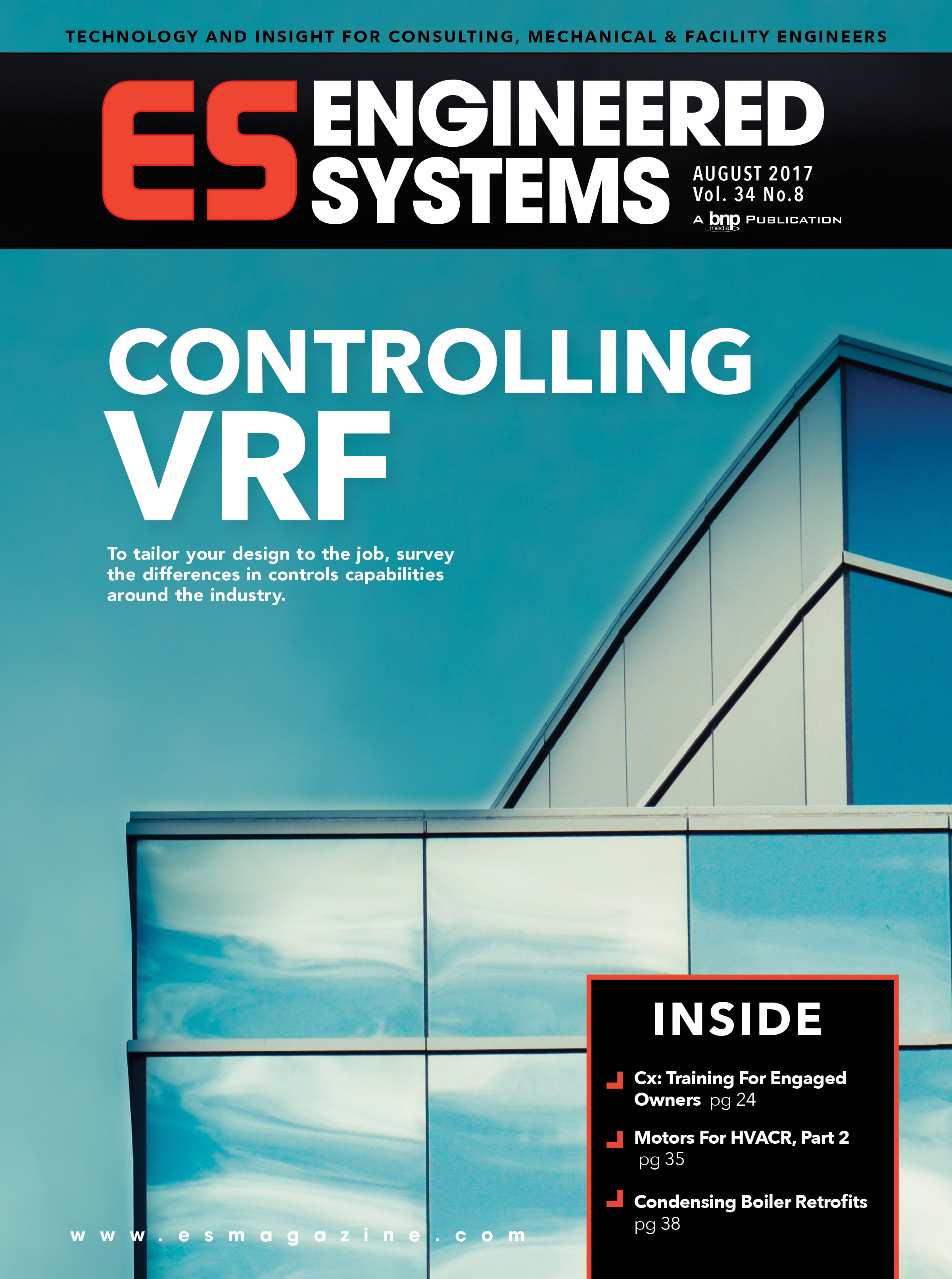The January “Building Automation” column (“Alarms Lead to Reactive Operations”) discussed how alarms result in reactive operations and how predictive control and fault detection diagnostics can be part of the solution to energy efficient, high performance building operation. However, another option is to use a proactive approach to alarms. Consider the following four steps.
- Prioritize all alarms, considering risk and priority.
- Provide the operators with actionable steps to resolve the alarms.
- Verify that an alarm has been properly resolved after a specified time interval.
- Acknowledge operators who properly resolve alarms.
When an alarm occurs, instead of the status quo - receipt of an e-mail, message on your PDA, or popup on a computer screen stating the alarm has occurred - the building operator would be notified of the alarm along with a step-by-step procedure to resolve the alarm.
For organizations with some form of CMMS, the alarm could automatically generate a workorder. Although experienced building operators may know exactly how to resolve alarms properly and not require detailed guidance, this method may be especially helpful for organizations with young building operators, organizations with high turnover, and/or organizations with the most experienced building operators nearing retirement.
To develop the procedure for resolving alarms, information could be provided from control vendors, and lessons learned from building operators and control technicians through a discussion board. A motivated BAS contractor might even help, if not lead, the process (this might help them to develop a proactive alarms module product).
Ensuring that alarms have been resolved may be a challenge due to the reactive culture within some facilities. This is especially true since more nuisance alarms may be the first result from any change in a facility’s alarm management process.
To help a facility team recognize the importance of this effort, recognize those who have successfully resolved a certain number of alarms properly. It doesn’t have to be financial; most employees will tell you that recognition and making a contribution to the organization are what motivates them more than money. Consider recognizing employees that contribute most to the success of the effort as “Alarm Resolution Experts.” It won’t sound silly if it is backed up with quantifiable data.
Until recently, we thought this was perhaps a lofty idea. However, we recently had the opportunity to hear how one facility management team was using, among a number of proactive measures, historic weather data to project how the building should operate the next day. If the building did not operate as projected, an alarm was generated and an automated workorder was sent to the building operator to identify why the projection was incorrect. Although this may not be the norm, but transforming the industry to using BAS to achieve high-performance buildings goals requires out-of-the-box solutions.
Regular columnists Paul Ehrlich and Ira Goldschmidt of The Building Intelligence Group would like to thank Angela Lewis for her insights for this month’s column. ES




